The model ship maker: 'It's been my life's work - I wouldn’t swap anything for the pleasure it gives me'
Philip Reed has dedicated most of his life to building model ships; he explained why to Tessa Waugh. Portraits by Richard Cannon.

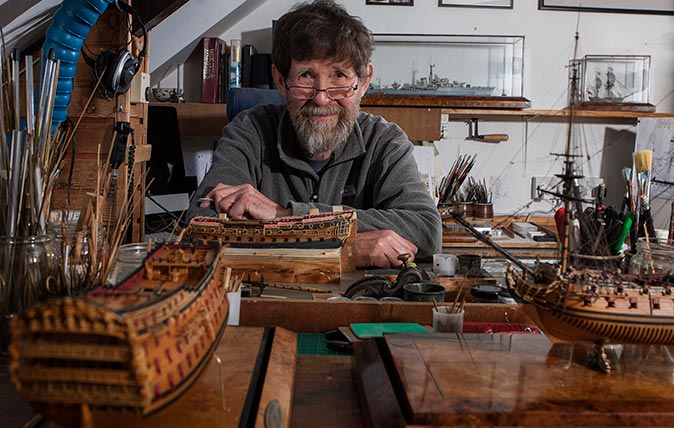
Philip Reed describes his need to build model ships as an obsession.
‘At best, it provides total, meditative absorption,’ he says.
‘At worst, total frustration.’
Mr Reed’s background is in fine art, but, one day, he spotted a model ship building kit in a shop window. It intrigued him so much that he went away to learn everything he could about the art. ‘I’d done this before with other subjects and then grown bored,’ he admits, ‘but model ships continue to fascinate me.’
Mr Reed soon began building models alongside his teaching work, selling them through a West End gallery and the American Marine Model Gallery in Massachusetts.
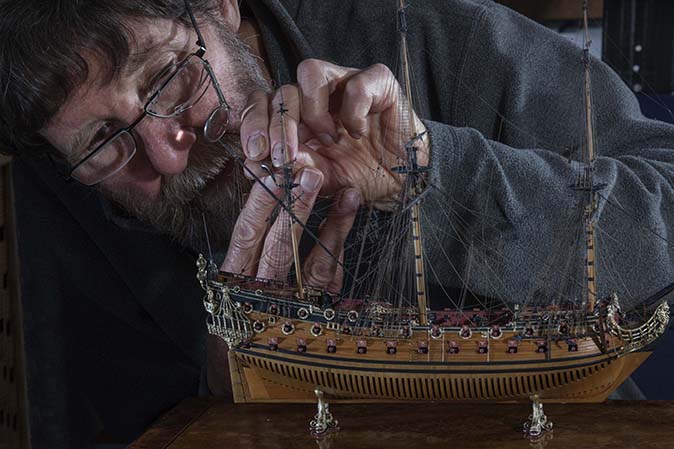
Since becoming a full-time model-maker in 1980, Mr Reed has written four books and numerous articles on the subject. ‘One of my great hopes is that someone will take up the baton and use what I’ve written to extend the life of this particular artform,’ he says.
Most of the models that Mr Reed has built over the years have either been from the Napoleonic era or warships from the First and Second World Wars.
Exquisite houses, the beauty of Nature, and how to get the most from your life, straight to your inbox.
However, in recent years, he’s been working on ships from the latter half of the 17th century, known as ‘Navy Board’ models, which fascinated him as a child.
‘They were built to a scale of 4ft to an inch, but my models – which are built to the miniature scale of 16ft to the inch – are a quarter of the original size, yet they retain as much detail as the originals.’
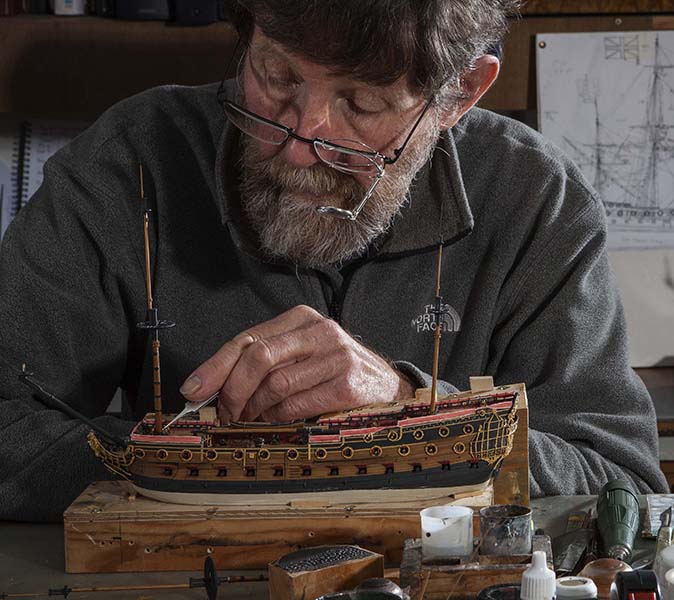
This photograph depicts HMS Hampton Court, an intricate model that took 18 months to complete. ‘Making these ships has been my life’s work and I wouldn’t swap anything for the pleasure it gives me,’ concludes Mr Reed.
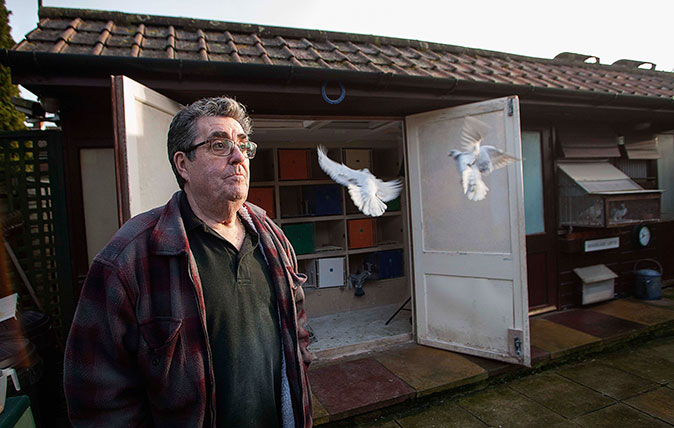
Credit: ©Richard Cannon/Country Life Picture Library
The Pigeon Fancier: 'I set up a deckchair in the garden and wait for them to come back. That’s the most exciting part.'
This week’s Living National Treasure is Colin Hill, a pigeon fancier whose birds regularly race from the tip of Scotland
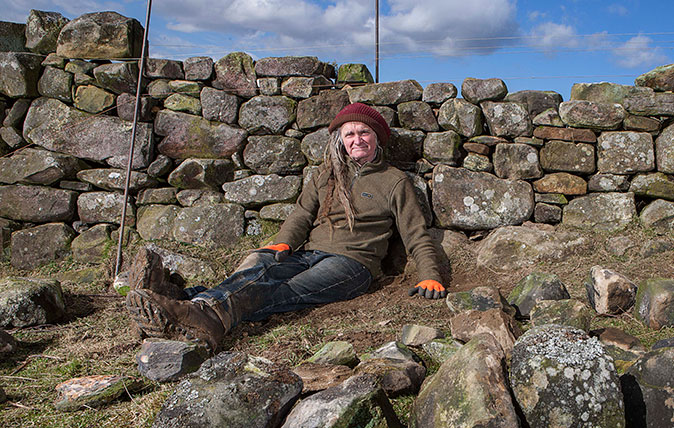
The dry stone wall builder: 'Every metre of wall contains a ton of stone. You really feel it after a hard week.'
This week's Living National Treasure is Anthony Gorman, a man who has spent his life building beautiful walls by hand
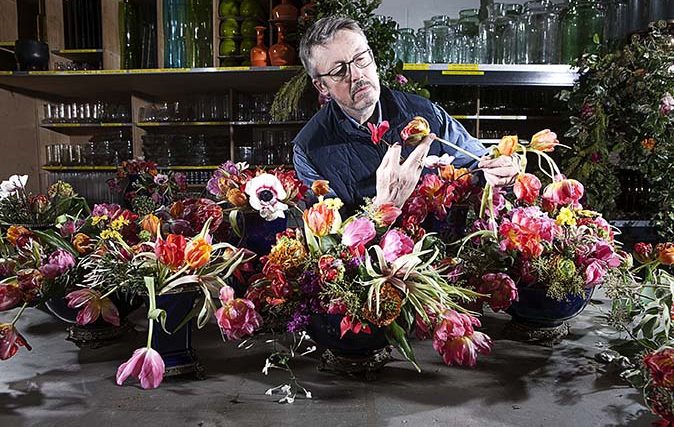
The Florist: 'What I do is like good cooking – if you have beautiful ingredients, you can’t go wrong'
This week's Living National Treasure is royal florist Shane Connolly – and while he might be based in Britain, he's
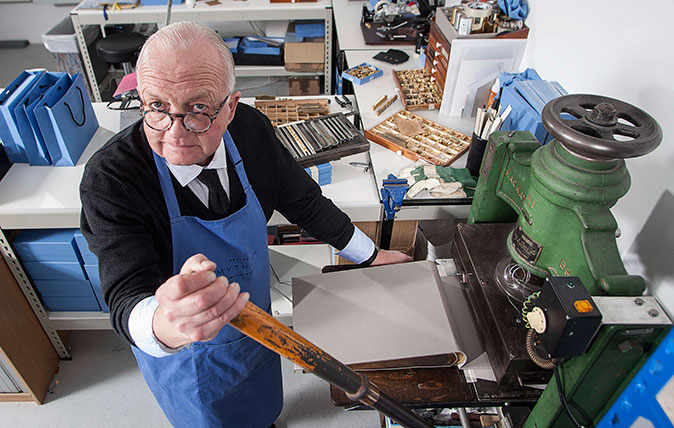
The gold stamper: ‘The younger generation is very appreciative of artisan work – they’re the ones driving the trend’
This week's Living National Treasure is John Timms, the man who leads the team that stamps gold lettering into thousands
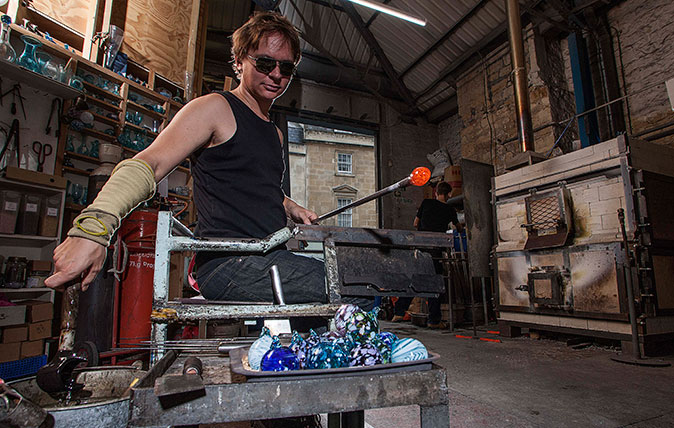
Credit: Living National Treasure: The Glassblower - ©Country Life/Richard Cannon
The Glassblower: 'When something goes wrong you can't fix it – you just sling in into the bosh bucket and start again'
Ian Shearman's team of glassblowers are still making glass using a technique that's 2,000 years old. Mary Miers found out
Country Life is unlike any other magazine: the only glossy weekly on the newsstand and the only magazine that has been guest-edited by His Majesty The King not once, but twice. It is a celebration of modern rural life and all its diverse joys and pleasures — that was first published in Queen Victoria's Diamond Jubilee year. Our eclectic mixture of witty and informative content — from the most up-to-date property news and commentary and a coveted glimpse inside some of the UK's best houses and gardens, to gardening, the arts and interior design, written by experts in their field — still cannot be found in print or online, anywhere else.
